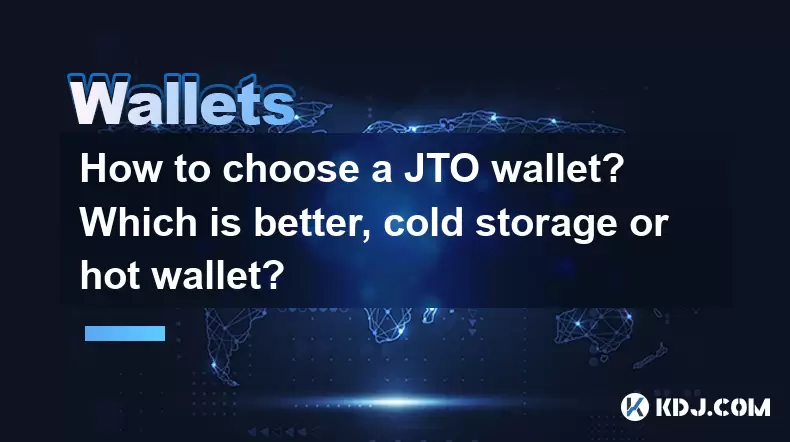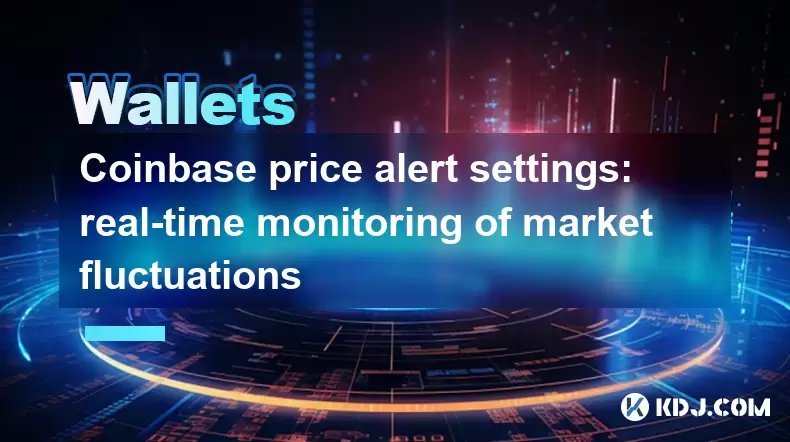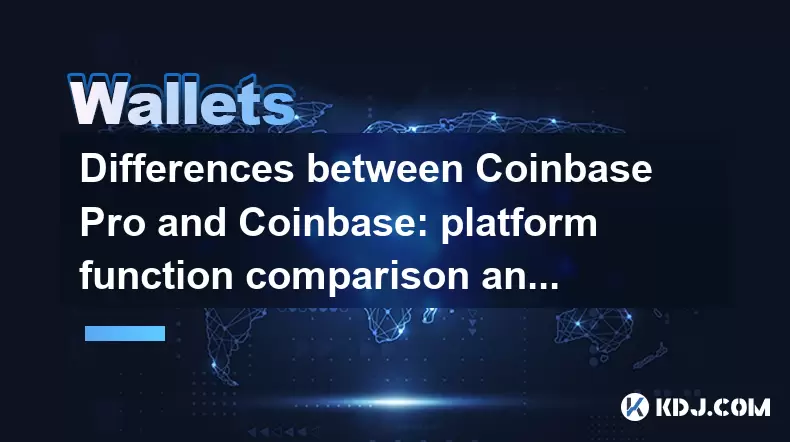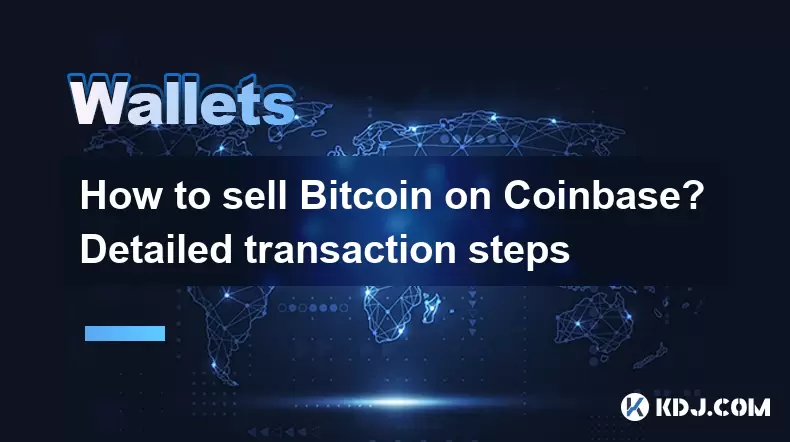-
 Bitcoin
Bitcoin $108,165.4587
0.78% -
 Ethereum
Ethereum $2,456.3517
1.15% -
 Tether USDt
Tether USDt $1.0003
0.00% -
 XRP
XRP $2.1934
0.05% -
 BNB
BNB $650.0935
0.52% -
 Solana
Solana $151.3905
2.69% -
 USDC
USDC $0.9998
0.00% -
 TRON
TRON $0.2751
-0.32% -
 Dogecoin
Dogecoin $0.1640
0.87% -
 Cardano
Cardano $0.5631
0.57% -
 Hyperliquid
Hyperliquid $38.7115
4.69% -
 Bitcoin Cash
Bitcoin Cash $493.1868
-0.39% -
 Sui
Sui $2.8217
3.61% -
 Chainlink
Chainlink $13.3994
2.08% -
 UNUS SED LEO
UNUS SED LEO $9.1632
0.94% -
 Avalanche
Avalanche $18.0318
1.97% -
 Stellar
Stellar $0.2388
0.35% -
 Toncoin
Toncoin $2.8763
1.41% -
 Shiba Inu
Shiba Inu $0.0...01160
1.59% -
 Litecoin
Litecoin $86.6393
1.29% -
 Hedera
Hedera $0.1485
0.16% -
 Monero
Monero $315.7948
1.56% -
 Polkadot
Polkadot $3.4240
1.88% -
 Bitget Token
Bitget Token $4.6314
-0.44% -
 Dai
Dai $0.9998
-0.01% -
 Ethena USDe
Ethena USDe $1.0002
-0.01% -
 Uniswap
Uniswap $7.2110
2.59% -
 Aave
Aave $270.6087
6.07% -
 Pi
Pi $0.5350
0.52% -
 Pepe
Pepe $0.0...09545
1.26%
How to choose a JTO wallet? Which is better, cold storage or hot wallet?
For secure JTO token storage, choose between cold storage wallets, like Ledger or Trezor, for high security, or hot wallets, like MetaMask, for frequent transactions despite higher risks.
May 08, 2025 at 07:14 am

Choosing the right JTO wallet is crucial for anyone looking to safely store their JTO tokens. The primary decision you'll need to make is between a cold storage wallet and a hot wallet. Each type has its own set of advantages and disadvantages, which we'll explore in detail to help you make an informed choice.
Understanding JTO Wallets
JTO wallets are digital tools used to store, send, and receive JTO tokens. These wallets can be broadly categorized into two types: cold storage wallets and hot wallets. Cold storage wallets are offline, meaning they are not connected to the internet, which makes them highly secure against online hacking attempts. Hot wallets, on the other hand, are connected to the internet, making them more convenient for frequent transactions but also more vulnerable to cyber attacks.
Benefits of Cold Storage Wallets
Cold storage wallets offer the highest level of security for your JTO tokens. Since they are not connected to the internet, they are immune to hacking attempts that rely on internet connectivity. Popular cold storage options include hardware wallets like Ledger and Trezor, as well as paper wallets. Hardware wallets are physical devices that store your private keys offline, and they often come with additional security features like PIN codes and recovery phrases. Paper wallets, on the other hand, are physical documents that contain your public and private keys, which you can generate offline using a secure computer.
Drawbacks of Cold Storage Wallets
While cold storage wallets offer superior security, they are not without their drawbacks. They can be less convenient for frequent transactions, as you'll need to physically connect your hardware wallet to a computer or manually enter your private key from a paper wallet each time you want to make a transaction. Additionally, there's always the risk of losing your hardware wallet or misplacing your paper wallet, which could result in permanent loss of your JTO tokens if you don't have a backup.
Benefits of Hot Wallets
Hot wallets, such as those offered by exchanges or mobile apps, provide a high level of convenience. They allow you to quickly and easily send and receive JTO tokens, making them ideal for those who trade or use JTO frequently. Many hot wallets also offer user-friendly interfaces and additional features like real-time market data and trading tools. Examples of popular hot wallets include MetaMask, Trust Wallet, and Coinbase Wallet.
Drawbacks of Hot Wallets
The primary disadvantage of hot wallets is their vulnerability to hacking and online attacks. Since they are connected to the internet, they are at risk of being compromised by malware, phishing attacks, and other cyber threats. Additionally, if you use a hot wallet provided by an exchange, you're also relying on the security measures of that exchange, which may not always be foolproof. It's crucial to choose a reputable provider and take additional steps to secure your account, such as enabling two-factor authentication.
Choosing the Right JTO Wallet
When deciding between a cold storage wallet and a hot wallet, consider your specific needs and circumstances. If security is your top priority and you don't need to access your JTO tokens frequently, a cold storage wallet is the best choice. However, if you need to use your JTO tokens regularly for trading or other purposes, a hot wallet might be more suitable despite the increased risk.
To help you make the right decision, here are some steps to follow when choosing a JTO wallet:
- Assess your security needs: Determine how important security is to you compared to convenience. If you're storing a large amount of JTO tokens, you'll likely want to prioritize security.
- Consider your transaction frequency: If you need to access your JTO tokens frequently, a hot wallet might be more practical. If you're looking to store your tokens long-term, a cold storage wallet is preferable.
- Research wallet options: Look into different wallet providers and read reviews to see what other users have experienced. Pay attention to factors like user-friendliness, customer support, and additional features.
- Evaluate the wallet's security features: For cold storage wallets, check if they offer features like PIN codes and recovery phrases. For hot wallets, see if they support two-factor authentication and other security measures.
- Test the wallet: Before transferring a large amount of JTO tokens, test the wallet with a small amount to ensure you're comfortable with its functionality and security.
Setting Up a Cold Storage Wallet
If you decide to go with a cold storage wallet, here's how to set one up:
- Choose a hardware wallet: Select a reputable hardware wallet like Ledger or Trezor.
- Purchase the wallet: Buy the wallet from the official website or an authorized retailer to avoid counterfeit products.
- Set up the wallet: Follow the manufacturer's instructions to set up your hardware wallet. This typically involves connecting it to your computer and initializing it with a new wallet.
- Generate a recovery phrase: Your hardware wallet will generate a recovery phrase, which you should write down and store in a secure location. This phrase can be used to recover your wallet if it's lost or damaged.
- Transfer your JTO tokens: Once your wallet is set up, you can transfer your JTO tokens to it. Make sure to double-check the recipient address to avoid sending your tokens to the wrong wallet.
Setting Up a Hot Wallet
If you prefer a hot wallet, here's how to set one up:
- Choose a hot wallet provider: Select a reputable hot wallet like MetaMask, Trust Wallet, or Coinbase Wallet.
- Download the wallet app: Visit the provider's website or app store to download the wallet app.
- Create a new wallet: Follow the app's instructions to create a new wallet. You'll typically need to set up a password and generate a recovery phrase.
- Secure your wallet: Enable two-factor authentication if available and consider using a strong, unique password.
- Transfer your JTO tokens: Once your wallet is set up and secured, you can transfer your JTO tokens to it. Again, make sure to double-check the recipient address.
Frequently Asked Questions
Q: Can I use both a cold storage wallet and a hot wallet for my JTO tokens?
A: Yes, many users opt to use both types of wallets to balance security and convenience. You can store the majority of your JTO tokens in a cold storage wallet for long-term security and keep a smaller amount in a hot wallet for frequent transactions.
Q: Are there any fees associated with using JTO wallets?
A: Some wallets may charge fees for certain transactions, such as sending JTO tokens to another wallet. It's important to check the fee structure of any wallet you're considering to understand the potential costs.
Q: How can I recover my JTO tokens if I lose access to my wallet?
A: If you're using a hardware wallet or a reputable hot wallet, you should have a recovery phrase that can be used to restore your wallet on a new device. Make sure to store this phrase in a secure location and never share it with anyone.
Q: Is it safe to store my JTO tokens on an exchange?
A: Storing JTO tokens on an exchange can be convenient, but it's generally less secure than using a personal wallet. If you do choose to store your tokens on an exchange, make sure to use a reputable platform and enable all available security features.
Disclaimer:info@kdj.com
The information provided is not trading advice. kdj.com does not assume any responsibility for any investments made based on the information provided in this article. Cryptocurrencies are highly volatile and it is highly recommended that you invest with caution after thorough research!
If you believe that the content used on this website infringes your copyright, please contact us immediately (info@kdj.com) and we will delete it promptly.
- Bitcoin: A Lifeline Against Authoritarian Regimes and a Strategic Asset?
- 2025-06-29 22:30:12
- Elementary, My Dear Collector: Sherlock Holmes 50p Coins on eBay!
- 2025-06-29 22:30:12
- New Coin Disappearing Fast: The Price Impact of Angry Pepe Fork
- 2025-06-29 22:35:12
- Tron vs. Dogecoin: A Cryptocurrency Showdown in 2025
- 2025-06-29 22:50:12
- Ethereum, DeFi, and Cryptocurrency: Navigating the Evolving Landscape
- 2025-06-29 23:07:14
- Bitcoin Acquisition Strategy: From Saylor's Playbook to London's Crypto Craze
- 2025-06-29 23:30:12
Related knowledge

Coinbase price alert settings: real-time monitoring of market fluctuations
Jun 29,2025 at 07:00am
Setting Up Coinbase Price AlertsTo begin real-time monitoring of market fluctuations on Coinbase, users can utilize the built-in price alert feature. This function allows you to receive notifications when a cryptocurrency reaches a specific price point. To access this setting, open the Coinbase app or log in via the web platform. Navigate to the 'Prices...

How to stake cryptocurrencies on Coinbase? Benefits and risks
Jun 27,2025 at 06:36pm
Understanding Cryptocurrency Staking on CoinbaseStaking cryptocurrencies involves locking up digital assets to support the operations of a blockchain network, typically in return for rewards. Coinbase, one of the most popular cryptocurrency exchanges globally, offers staking services for several proof-of-stake (PoS) coins. Users can stake their holdings...

Differences between Coinbase Pro and Coinbase: platform function comparison and analysis
Jun 29,2025 at 08:21am
Overview of Coinbase and Coinbase ProWhen exploring the cryptocurrency trading landscape, users often encounter two platforms under the same parent company: Coinbase and Coinbase Pro. While both are operated by the same organization, they cater to different types of users and offer varying features. Coinbase is primarily designed for beginners and casua...

How to contact Coinbase customer service? Support channels and response times
Jun 28,2025 at 01:29pm
Contacting Coinbase Customer Service: Support Channels and Response TimesIf you're a user of Coinbase, reaching their customer service team may become necessary for various reasons, such as account verification issues, transaction disputes, or technical difficulties. Understanding the different support channels available and what to expect in terms of r...

Coinbase advanced trading function usage tutorial: limit orders and market orders
Jun 28,2025 at 09:07pm
Understanding the Difference Between Limit Orders and Market OrdersWhen using Coinbase's advanced trading features, it is crucial to understand the fundamental difference between limit orders and market orders. A market order executes immediately at the best available price on the market. This type of order ensures that your trade goes through quickly, ...

How to sell Bitcoin on Coinbase? Detailed transaction steps
Jun 29,2025 at 04:22am
Setting Up Your Coinbase Account for TransactionsBefore you can sell Bitcoin on Coinbase, you must ensure your account is fully set up and verified. Coinbase requires identity verification to comply with regulatory standards. This process involves uploading a government-issued ID, confirming your address, and sometimes submitting a selfie holding the ID...

Coinbase price alert settings: real-time monitoring of market fluctuations
Jun 29,2025 at 07:00am
Setting Up Coinbase Price AlertsTo begin real-time monitoring of market fluctuations on Coinbase, users can utilize the built-in price alert feature. This function allows you to receive notifications when a cryptocurrency reaches a specific price point. To access this setting, open the Coinbase app or log in via the web platform. Navigate to the 'Prices...

How to stake cryptocurrencies on Coinbase? Benefits and risks
Jun 27,2025 at 06:36pm
Understanding Cryptocurrency Staking on CoinbaseStaking cryptocurrencies involves locking up digital assets to support the operations of a blockchain network, typically in return for rewards. Coinbase, one of the most popular cryptocurrency exchanges globally, offers staking services for several proof-of-stake (PoS) coins. Users can stake their holdings...

Differences between Coinbase Pro and Coinbase: platform function comparison and analysis
Jun 29,2025 at 08:21am
Overview of Coinbase and Coinbase ProWhen exploring the cryptocurrency trading landscape, users often encounter two platforms under the same parent company: Coinbase and Coinbase Pro. While both are operated by the same organization, they cater to different types of users and offer varying features. Coinbase is primarily designed for beginners and casua...

How to contact Coinbase customer service? Support channels and response times
Jun 28,2025 at 01:29pm
Contacting Coinbase Customer Service: Support Channels and Response TimesIf you're a user of Coinbase, reaching their customer service team may become necessary for various reasons, such as account verification issues, transaction disputes, or technical difficulties. Understanding the different support channels available and what to expect in terms of r...

Coinbase advanced trading function usage tutorial: limit orders and market orders
Jun 28,2025 at 09:07pm
Understanding the Difference Between Limit Orders and Market OrdersWhen using Coinbase's advanced trading features, it is crucial to understand the fundamental difference between limit orders and market orders. A market order executes immediately at the best available price on the market. This type of order ensures that your trade goes through quickly, ...

How to sell Bitcoin on Coinbase? Detailed transaction steps
Jun 29,2025 at 04:22am
Setting Up Your Coinbase Account for TransactionsBefore you can sell Bitcoin on Coinbase, you must ensure your account is fully set up and verified. Coinbase requires identity verification to comply with regulatory standards. This process involves uploading a government-issued ID, confirming your address, and sometimes submitting a selfie holding the ID...
See all articles

























































































